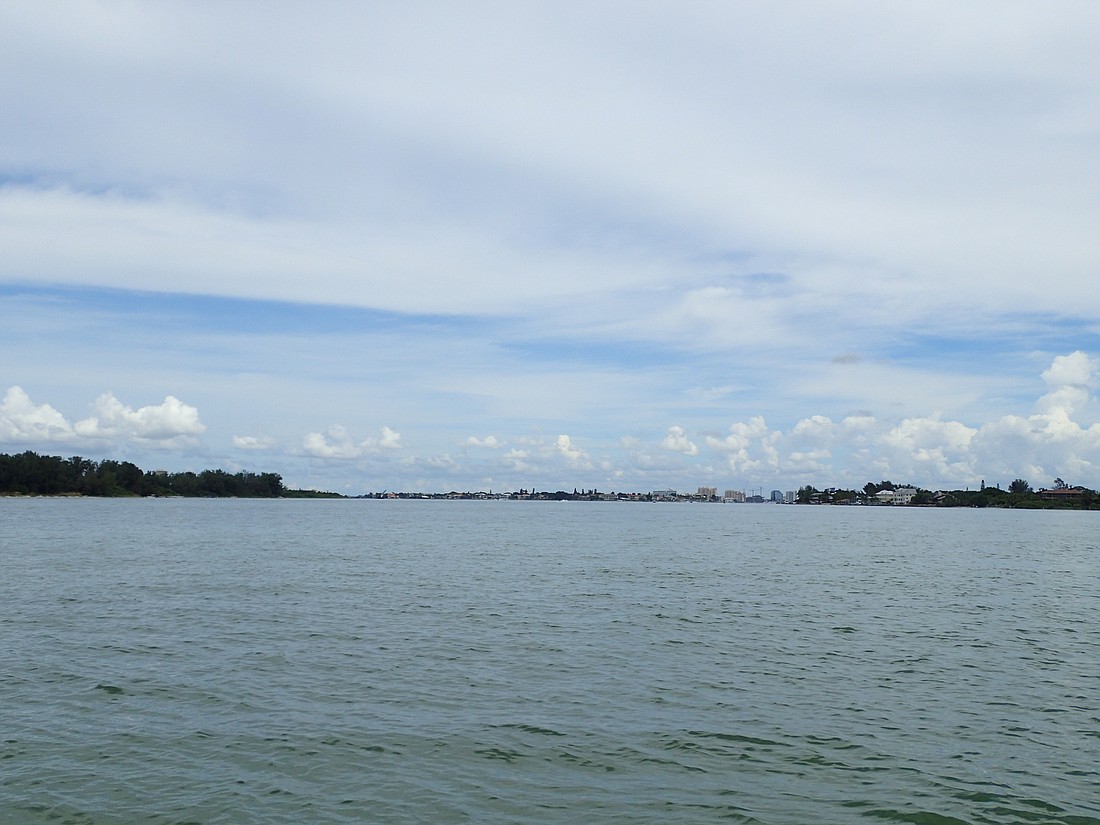- April 17, 2024
-
-
Loading

Loading

Although the report has been public for months, the Sarasota County Commission officially discussed Atkins North America’s review of the U.S. Army Corps of Engineers’ plans to dredge Big Pass during a packed meeting today.
“We want to thank the commission for funding the Atkins study, and we hope to see resolution of the many issues that were raised in that study,” said Peter van Roekens, chairman of the local advocacy group Save Our Siesta Sand 2, before the discussion.
The county-ordered peer review of the proposed dredging of Big Pass states the Army Corps has not provided enough documentation to demonstrate the controversial project wouldn’t adversely affect Siesta's shores or the surrounding inlet system.
The Army Corps project includes the construction of two groins stretching out into the Gulf of Mexico to stabilize the roughly 1.3 million cubic yards of sand contractors would dredge from Big Pass.
Atkins, which the county contracted for $49,620 for the study, recommended more modeling work to determine longterm effects of dredging the inlet, and a program to monitor changes in the Siesta shoreline before and after the project begins.
Though commissioners did not take action during the meeting, property owners from both barrier islands spoke after the discussion. Lido residents called attention the rapid erosion on their south shores, while Siesta residents urged caution in moving too quickly on the $23 million project.
“Lets not base everything on fear,” said Lido Key Residents Association President Carl Shoffstall. “We have to make some kind of decision and we’ve gotta get going.”
Siesta architect Mark Smith suggested reducing the amount of sand dredged and finding an offshore sand source.
“You can’t reverse this thing once you’ve done it,” Smith said. “This is a virgin pass — never been touched by man.”